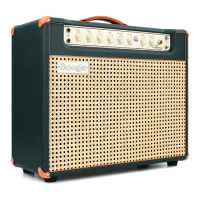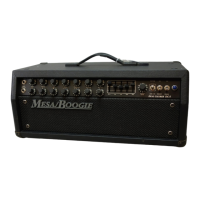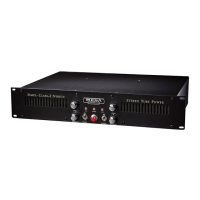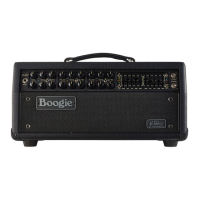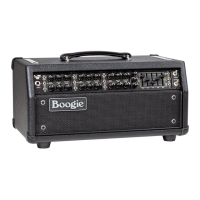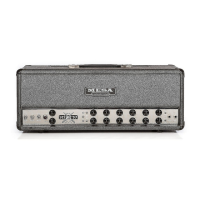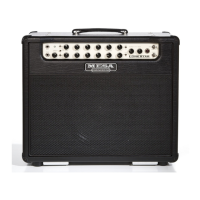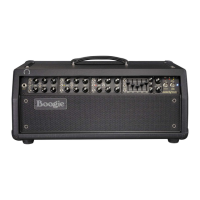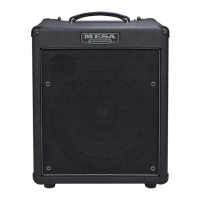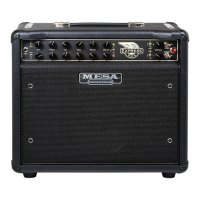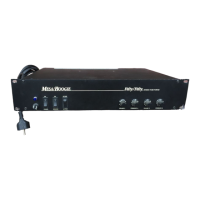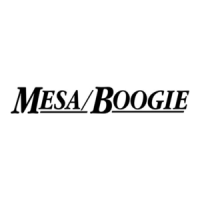
Do you have a question about the Mesa/Boogie 400 and is the answer not in the manual?
| Brand | Mesa/Boogie |
|---|---|
| Model | 400 |
| Category | Amplifier |
| Language | English |
Discusses the use of vacuum tubes in modern audio, highlighting their unique sound characteristics and superiority.
Details the Strategy 400 Stereo as a hand-built, all-tube power amplifier, emphasizing its musical performance.
Explains the available input jacks (1/4 inch, XLR) and the parallel input A+B for connecting audio sources.
Describes the sensitive input circuitry, impedance, and recommended level control settings for various sources.
Details the speaker output jacks (4 and 8 ohm) and guidance on connecting speaker cabinets to avoid damage.
Explains the LED indicators that monitor output power levels and their relation to loudness.
Guides on proper usage of power and standby switches for warm-up and tube life preservation.
Details the MESA STR 415 6L6 GC power tubes and interchangeable STR 416 6CA7/EL34, including lifespan and replacement.
States that the bias is permanently set, requiring no adjustment, saving on technician fees.
Describes the 12AX7 driver tubes and the special input stage differential amplifier for optimal performance.
Compares tube and transistor amplifier characteristics, focusing on musicality and analog vs. digital operation.
Explains negative feedback, its role in reducing distortion, and the Strategy 400's minimal use compared to transistor amps.
Explains amplifier time-lag, TIM, and how lab specs differ from real-time musical performance.
Explains clipping distortion, headroom, and the generation of harmonics in tube vs. solid-state amplifiers.
Discusses harmonics and overtones, differentiating between low-order (even) and high-order (odd) distortion types.
